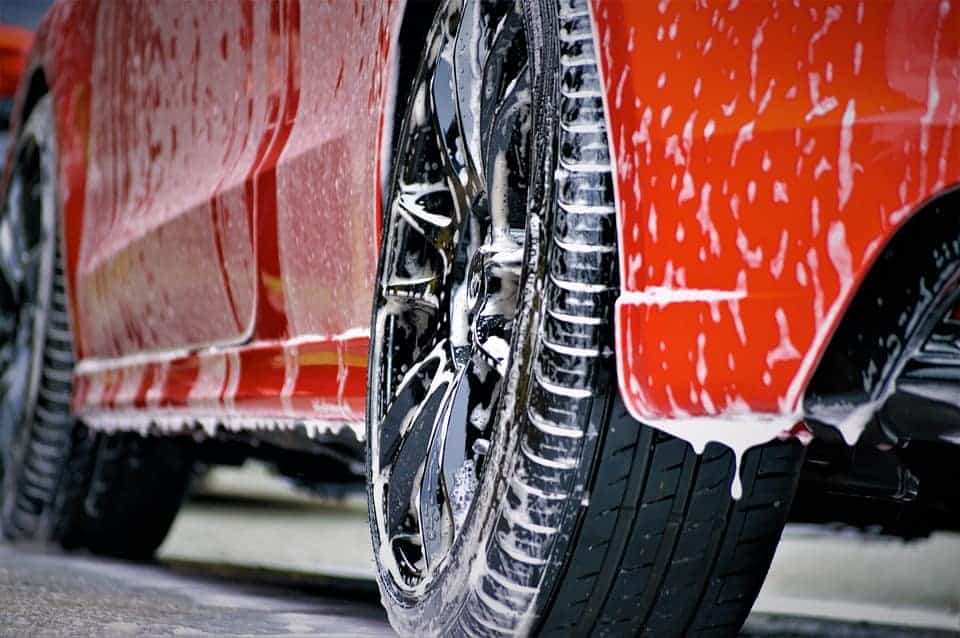Drainage discharges from any hard surfacing where there are vehicles can be a problem to keep clean. This is done with the use of separators.
Separators are a major component in any SUDS (Sustainable Urban Drainage System) approach to drainage design. Car parks and other areas where cars and other vehicles are stored are at risk of dripping oil and petrol from leaking vehicles into the drainage system and from there into rivers and streams. Therefore, in the UK it is an environmental agency requirement (PPG3) that separators or bypass separators intercept the water flow and filter out the harmful pollutants. There is also European standard BSEN-858-1-2.
Separators are the big yellow tanks that you may see being delivered on a lorry. When they are installed, they are buried below ground and surrounded in concrete. Installation on-site is relatively straight forward, just needing connections to the drainage system via rocker pipes and an alarm.
At first glance there appears to be a bewildering array of different models to choose from. But to be brief, in low risk areas such as a car parks, a smaller bypass separator is required. In more risky areas such as petrol filling stations, a larger separator is required.
From these two types of separators, there are also Class 1 and Class 2. Class 1 is the higher quality, with a discharge less than 5mg/litre of oil to water ratio, and is designed for when the outfall is to a surface water drain. Class 2 is the most commonly used type, discharging to foul water drains with an oil concentration of less than 100mg/litre.
These are the basic types of separator. In addition, obviously larger hard standing areas need larger separators. And an electronic alarm also needs to be fitted.
When the rainfall rate is higher than 6.5mm per hour (Don’t ask why such an odd number, I don’t know) the bypass separator starts to work.
All flows are treated within full retention separators. When first installed, the tank is allowed to fill up with the drainage water. Silt falls to the bottom, oils float to the top and clean water is siphoned off from just above the silt level.
Because car park owners are more interested in other things (like running a business), all separators have to be fitted with an alarm to provide a visual and audible warning when the level of oil reaches 90% of the oil storage volume. (Have you ever seen a flashing beacon in a car park?) This indicates that the separator is in need of immediate emptying for it to continue to work effectively.
A vast array of visual and audible warning devices exist ncluding mains powered and solar powered alarms, flashing beacons or solar GSM (sends a txt message to a mobile phone of your choice).
There are also other requirements for special areas. Environment Agency PPG13 has requirements for wash down areas (car wash), and forecourt separators need to be sized to allow for the maximum size of a likely spill. So it is always good to talk to the separator manufacturers about any particular site. Like most things to do with construction, the basic principles are easy to understand, but in practise the details can get complicated.


